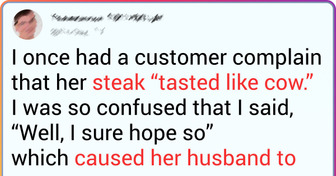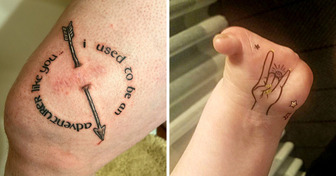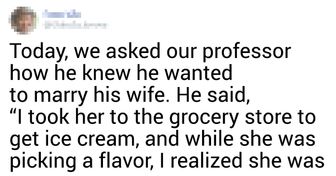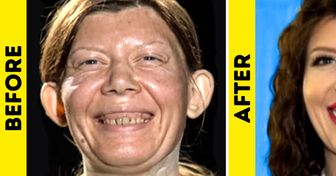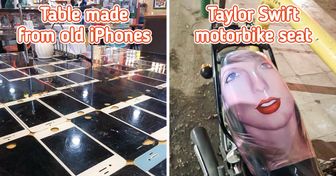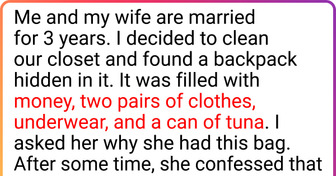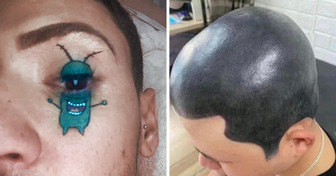20 Diners Whose Restaurant Visits Rewrote the Book on Culinary Amazement
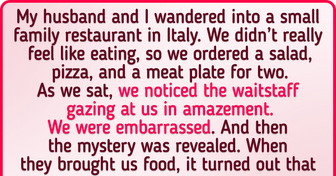
Some everyday tricks are so useful and simple they can come in handy to more than one generation. Yet over time, they’re somehow forgotten, and they turn into what’s called “grandma’s tips.”
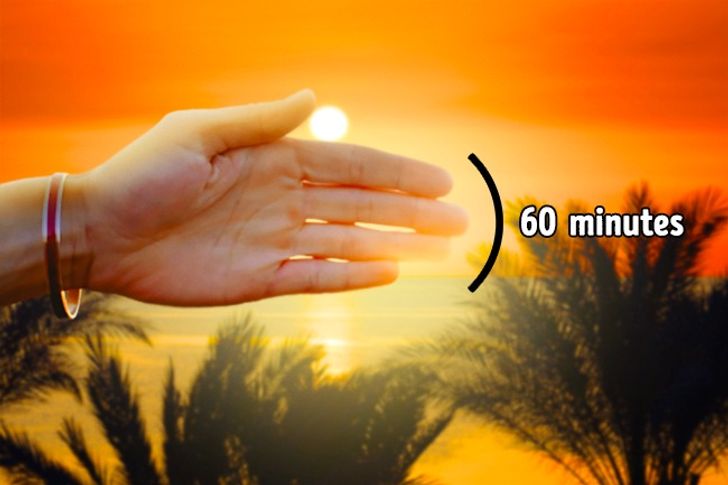
Keep your fingers together, and reach your hand out so that the sun "lies" on your index finger. Now count the number of fingers to the horizon line. Each of the fingers represents approximately 15 minutes until sunset.
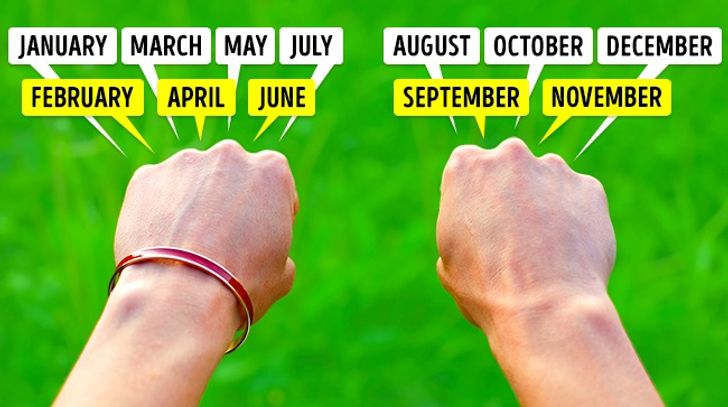
Make a fist, and start counting the months by knuckles. Each knuckle bump and gap is a separate month. If you count on one hand, then, after reaching the end, start again with the knuckles of the index finger.
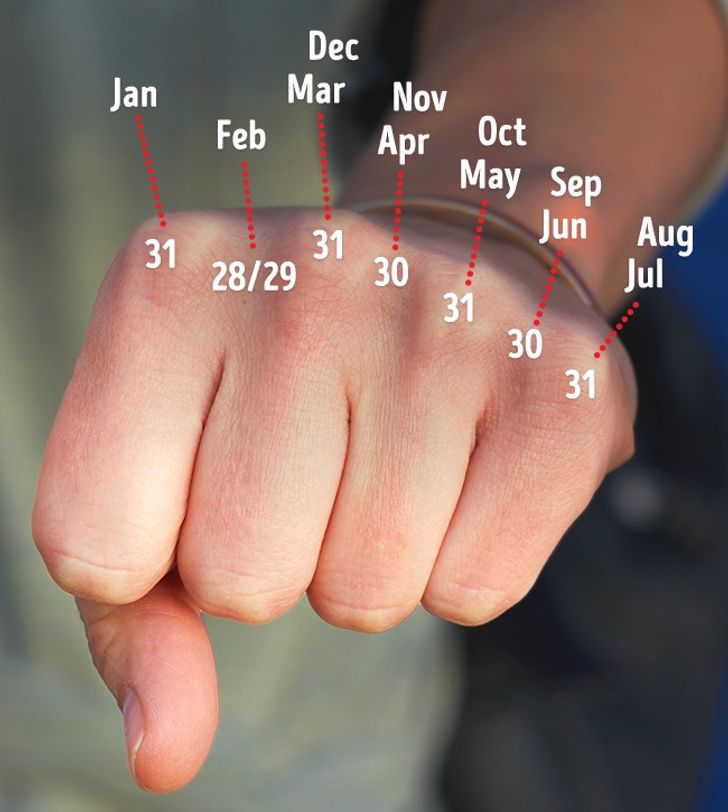
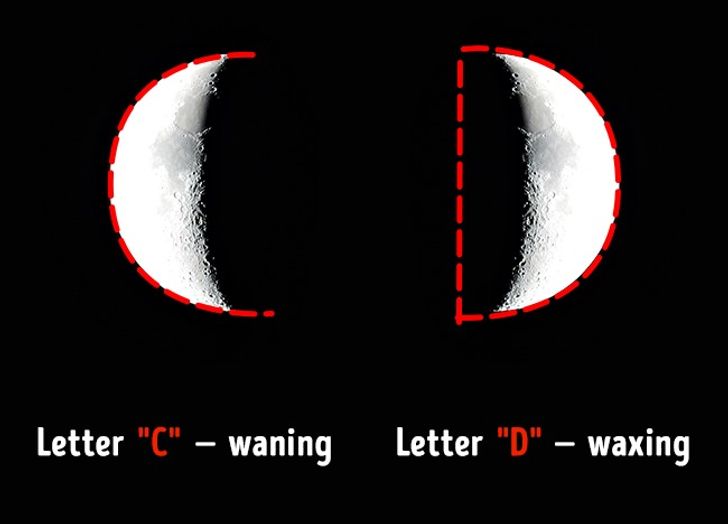
To teach your child how to determine the moon phase, use the shape of the letters D, O, and C. The full moon is O, the first quarter is D, and the third is C.

To remember Roman numerals, you can use this phrase: Мy Dear Сat Loves Хtra Vitamins Intensely. The first letters of the words represent the Roman numerals in descending order: M (1,000), D (500), C (100), L (50), X (10), V (5), I (1).
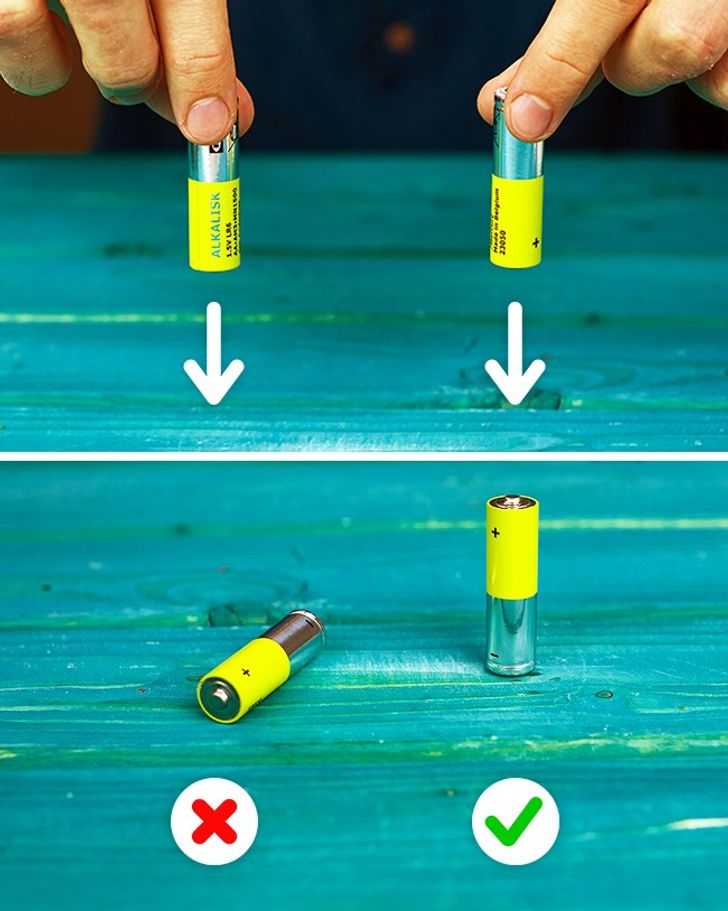
It’s easy to tell a good battery from a bad one. Raise two batteries 1-2 cm above a table, and let them fall. The battery that bounces and falls is empty.
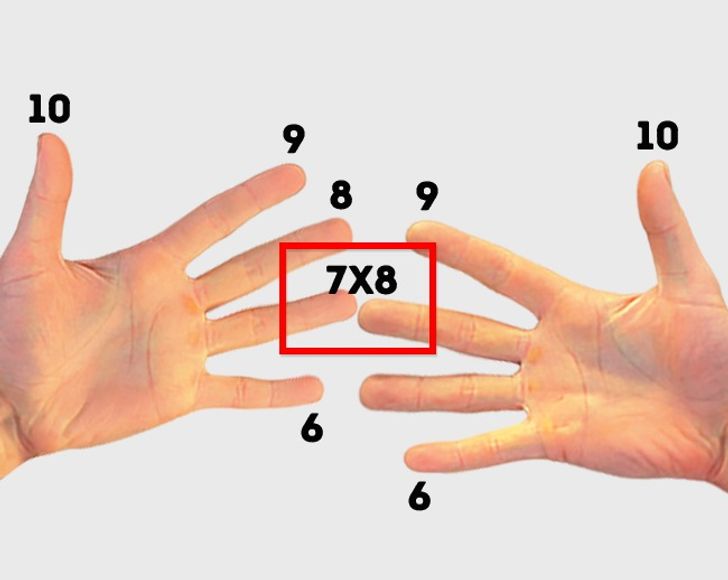
Usually, children quickly remember the multiplication of small numbers, but they have difficulties with the numbers 6, 7, 8, and 9. To help your child with this, teach them a simple trick.
Turn your palms to your face. Number each finger, starting with the little finger, from 6 to 10. Now, for example, to multiply 7 by 8, connect finger #7 on the left hand with finger #8 on the right. The number of fingers at the bottom, counting along with the connected ones, means tens (we got 5 of them). As for the fingers located at the top, you need to multiply them among themselves — they mean units (in our case, multiply 3 by 2). Answer: 7×8 = 56.
In this way, you can quickly multiply by 6, 7, and 8.
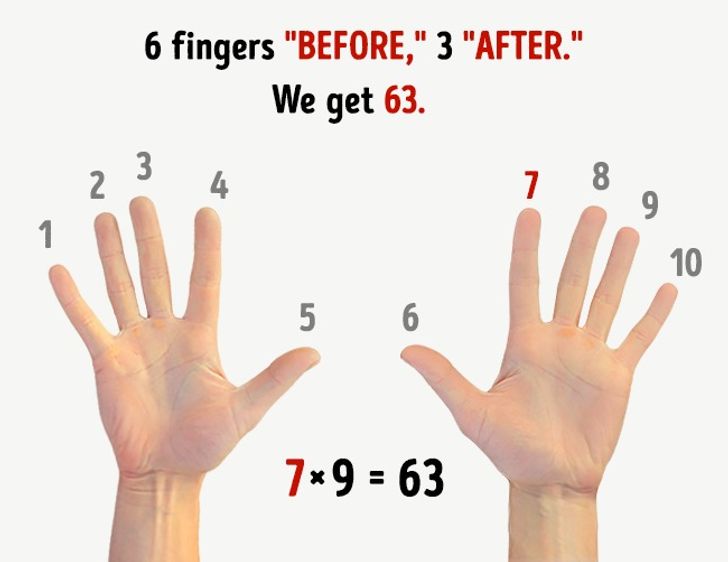
To multiply by 9, straighten your fingers, and put your hands on a table with your palms down. Now, to multiply any number by 9, just bend the corresponding finger. Fingers “before“ mean tens, ”after“ — units. For example, to multiply 7 by 9, bend the 7th finger. 6 fingers remain “before” and 3 ”after." We get the answer: 7×9 = 63.
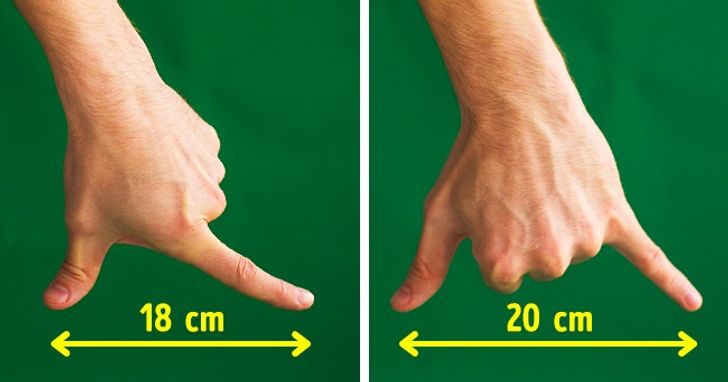
If you need to approximately measure an object but there’s no ruler at hand, you can use the fingers of one hand. In accordance with the average human proportions, the distance between the tips of the thumb and forefinger is about 18 cm (7″), and the distance between the thumb and little finger is about 20 cm (7.87″).
Of course, this method isn’t absolutely accurate because each of us has a different hand size. Yet it can be useful if you need to measure a large object with a small ruler: just measure the distance between your fingers in advance.
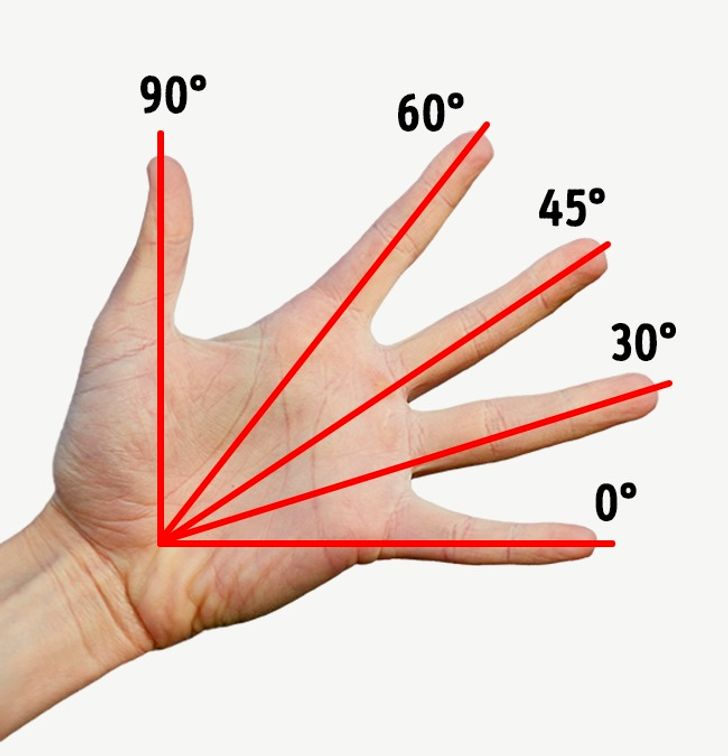
Spread your fingers as much as possible, and put your palm on a surface, the angle of which you want to measure. The little finger should lie on the bottom side: it means 0°. The angle between the thumb and the little finger will be 90°, the angles between the little finger and other fingers are, respectively, 30°, 45°, and 60°.



